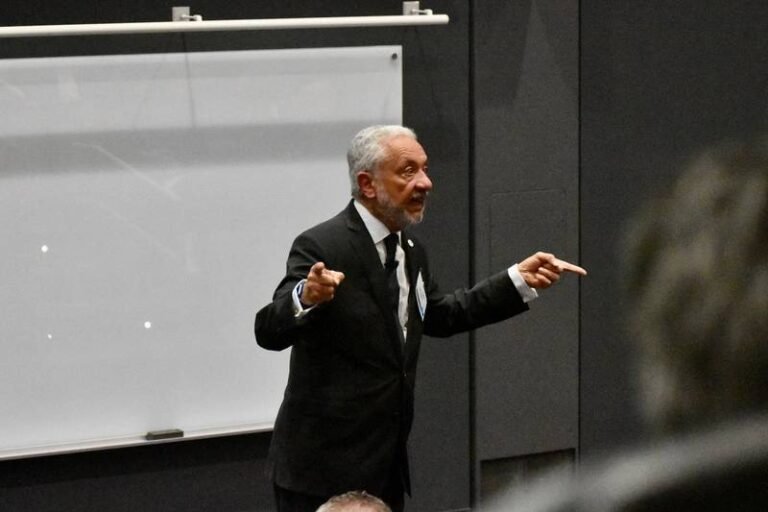The Panama Canal: A Crucial Hub in Global Trade
The Panama Canal Administrator, Dr. Ricaurte Vásquez Morales, recently delivered the 43rd Annual William A. Patterson Distinguished Transportation Lecture at Northwestern University. In his lecture, Dr. Vásquez highlighted the pivotal role that the Panama Canal has played in shaping global trade and its profound impact on the development of humanity, both in Panama and worldwide.
A History of Innovation and Evolution
Dr. Vásquez traced the history of the Panama Canal from its conception as a 16th-century crossroads to its formal opening in 1914 as a key channel for global shipping. He emphasized the innovation and evolution among the canal’s early customers and supporters that have led to its current position as a vital artery in the transportation industry.
Connecting the World
Today, the Panama Canal serves as a crucial link between the Atlantic and Pacific Oceans, connecting over 1,920 ports in 170 countries. By shortening shipping routes by up to 8,000 nautical miles, the canal provides global consumers with a faster and more reliable supply chain than overland routes.
The United States remains the canal’s top customer, accounting for 40% of its international trade and supporting over $270 billion USD in annual U.S. cargo. American agricultural producers rely on the canal to transport their crops, such as soybeans and corn, to markets in Asia and Europe.
Sustainable Initiatives for the Future
To stay competitive in the face of global climate change, the Panama Canal Authority (ACP) is implementing strategic initiatives. These include the Río Indio Project, which aims to double the canal’s water storage capacity, and the NetZero Slot, an incentive for shippers to adopt cleaner maritime technologies.
The canal also plays a vital role in the energy sector, with U.S. flagships leading global shipments of LNG and LPG. The ACP recently approved a new bidding process for a gas pipeline that can transport up to 1 million barrels per day, enhancing the canal’s position as a key player in the evolving energy landscape.
Conclusion
The Panama Canal continues to be a cornerstone of global trade, connecting nations and facilitating the movement of goods across continents. With a focus on sustainability and innovation, the canal remains a crucial hub for international commerce, ensuring efficient and reliable transportation for years to come.

